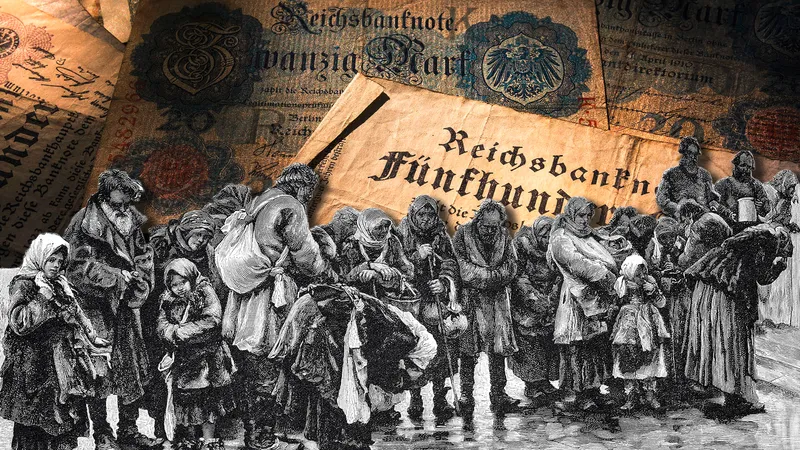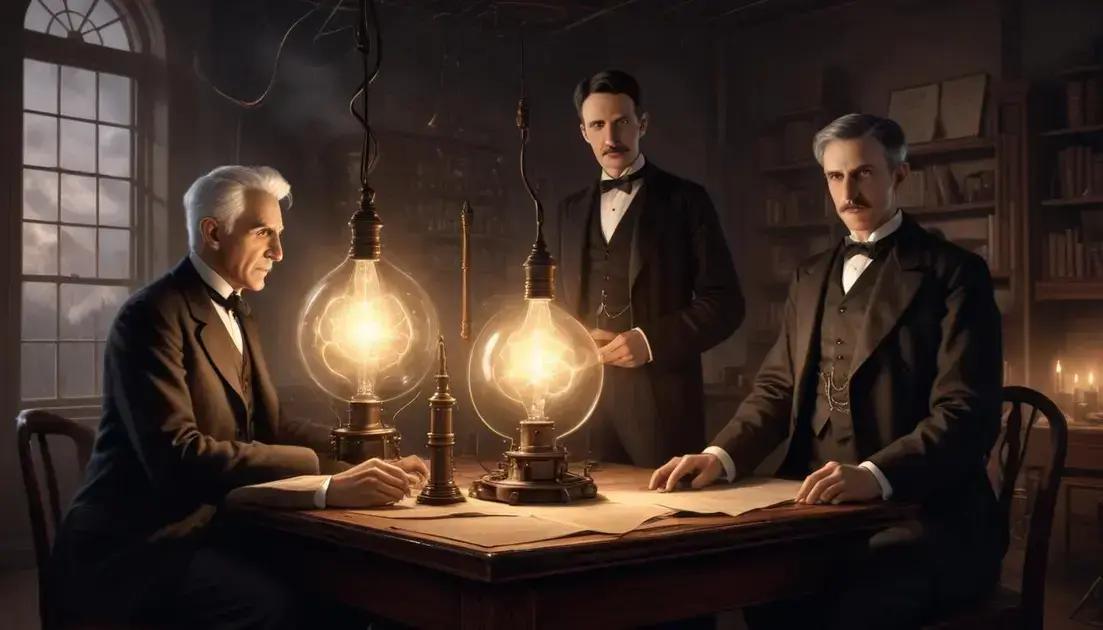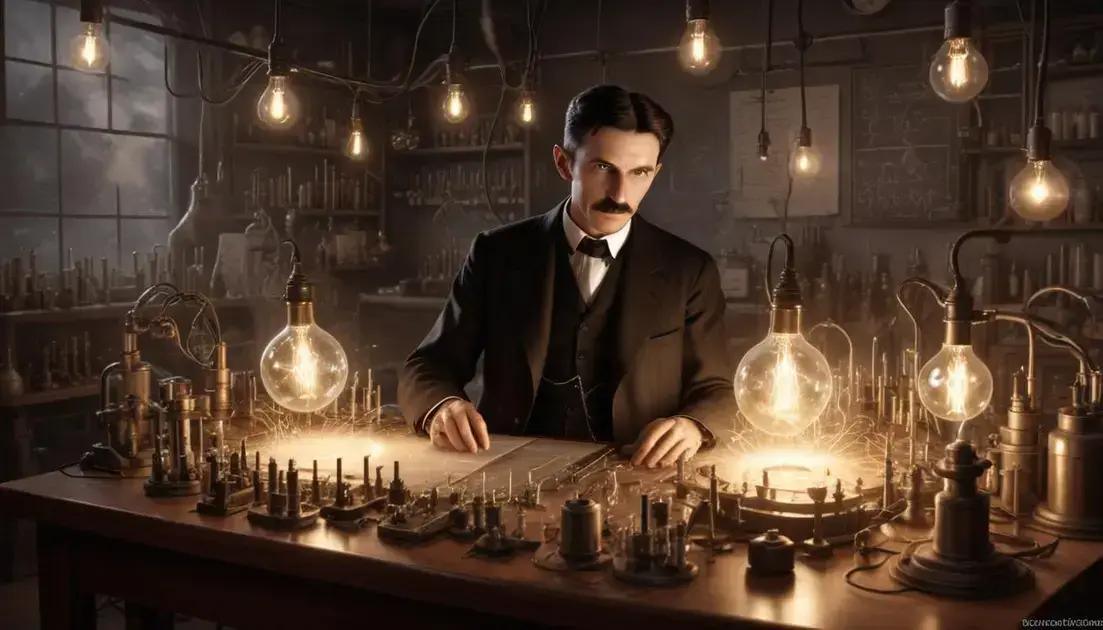
The Impact of the Industrial Revolution on Society and Economy
The Industrial Revolution, a period of unprecedented technological advancement and societal upheaval spanning roughly from the late 18th to the mid-19th century, fundamentally reshaped the human experience. This transformative era witnessed a dramatic shift from agrarian societies reliant on manual labor to industrialized ones powered by machines, mass production, and new energy sources. This essay will explore the multifaceted impacts of the Industrial Revolution, examining its influence on technology, urbanization, economic systems, social structures, and the environment, ultimately demonstrating its enduring legacy on the modern world.
I. Technological Innovation: The Engine of Change
The Industrial Revolution was fueled by a wave of groundbreaking inventions and innovations that dramatically increased efficiency and productivity. The most pivotal invention was arguably James Watt’s improved steam engine (1769). This revolutionary power source transcended limitations imposed by water and animal power, providing a reliable and scalable energy source for factories and transportation. The steam engine’s impact reverberated throughout various industries, powering textile mills, mines, and eventually locomotives and steamships.
Simultaneously, advancements in textile manufacturing revolutionized the industry. The invention of the spinning jenny (1764) by James Hargreaves significantly increased the speed of yarn production, followed by the water frame (1769) by Richard Arkwright, which further mechanized the process. The power loom (1785) by Edmund Cartwright completed the mechanization of weaving, dramatically increasing textile output. The cotton gin (1793) by Eli Whitney, while primarily impacting the American South, significantly boosted cotton production, fueling the growth of the textile industry globally and exacerbating the already brutal system of slavery.
These innovations were not isolated events but rather part of a broader trend of technological interconnectedness. The demand for iron and coal to fuel the steam engine and build machinery spurred the growth of these industries, leading to further technological advancements in mining and metallurgy. The development of new materials, like Bessemer steel (mid-19th century), further enhanced the capabilities of machines and infrastructure. The precision required for interchangeable parts led to advancements in machine tools and manufacturing processes, ultimately improving the quality and consistency of manufactured goods. This interconnectedness created a positive feedback loop, accelerating the pace of technological innovation and fueling the expansion of industry.
Beyond manufacturing, advancements in transportation were crucial. The construction of canals and, later, railroads drastically reduced transportation costs and travel times, facilitating the movement of raw materials, finished goods, and people. This improved infrastructure further stimulated industrial growth and fostered the integration of markets. The development of steamships similarly revolutionized maritime transport, expanding trade networks and global connections.
II. Urbanization and the Rise of Industrial Cities
The Industrial Revolution dramatically altered settlement patterns, driving mass migration from rural areas to burgeoning industrial centers. Factories offered employment opportunities, attracting workers seeking better economic prospects, albeit often at the cost of harsh working conditions. This mass migration fueled unprecedented urban growth, leading to the rise of massive industrial cities like Manchester, Birmingham, and Liverpool in England; and New York, Chicago, and Pittsburgh in the United States.
These rapidly expanding cities were often characterized by overcrowding, inadequate sanitation, and a lack of basic infrastructure. The concentration of workers in densely populated slums created breeding grounds for disease and contributed to high mortality rates, particularly among children. Air and water pollution, caused by industrial emissions, posed serious health risks to urban populations. These deplorable conditions exposed the stark inequalities inherent in the Industrial Revolution, with the vast majority of the population experiencing the negative consequences while a small elite reaped the economic rewards.
Despite the hardships, the growth of cities also fostered a new kind of social interaction and community. Working-class neighborhoods developed their own cultures, traditions, and support networks. The proximity of people from diverse backgrounds led to increased cultural exchange and the emergence of new forms of entertainment and social organization. The growth of urban centers also spurred the development of new infrastructure, including improved water supply, sanitation systems, and public transportation, albeit often lagging behind population growth.
III. Economic Transformations: Capitalism and its Discontents
The Industrial Revolution ushered in a period of profound economic transformation, marked by the rise of capitalism and the emergence of new economic systems. The factory system, with its emphasis on mass production and specialization of labor, maximized efficiency and profitability. The resulting surplus of goods stimulated the growth of markets and fostered international trade. Capital accumulation accelerated, creating a new class of industrial capitalists who wielded immense economic and political power.
This capitalist system, however, generated significant inequalities. While industrialists amassed enormous wealth, the majority of the working class faced precarious working conditions, low wages, and long working hours. Child labor was rampant, with children often subjected to dangerous and exploitative work in factories and mines. The lack of labor regulations and worker protections led to widespread poverty and social unrest.
The harsh realities of industrial capitalism fueled the rise of socialist and communist ideologies, which advocated for greater economic equality and worker empowerment. Thinkers like Karl Marx analyzed the inherent contradictions of capitalism, arguing that the system’s inherent inequalities would ultimately lead to its downfall. The emergence of labor movements, worker organizations, and trade unions signaled a growing resistance to the exploitative practices of industrial capitalism and the beginning of a fight for workers’ rights and better working conditions.
IV. Societal Changes: Family, Class, and Culture
The Industrial Revolution profoundly impacted social structures and relationships. The shift from agrarian to industrial society altered family dynamics. The factory system drew people away from their traditional rural communities, weakening family ties and creating new social patterns. Women and children increasingly entered the workforce, challenging traditional gender roles, but often at the expense of their well-being and under conditions of exploitation.
The emergence of a distinct working class further transformed society. Shared experiences of poverty, exploitation, and harsh working conditions fostered a sense of class consciousness, leading to collective action and the formation of labor organizations. The contrast between the wealthy industrialists and the impoverished workers created a deep social divide, marked by stark inequalities in wealth, health, and living standards.
Culturally, the Industrial Revolution stimulated the growth of urban centers, leading to new forms of artistic expression, literature, and music. The rise of industrial cities also fostered the development of mass culture, with newspapers, magazines, and popular entertainment reaching wider audiences. However, this new mass culture was often influenced and shaped by the prevailing social and economic inequalities of the time.
V. Environmental Consequences: A Cost of Progress?
The Industrial Revolution’s transformative impact extended to the environment, with far-reaching and often detrimental consequences. The reliance on fossil fuels, particularly coal, for power generation led to widespread air and water pollution. Industrial waste contaminated rivers and streams, harming aquatic life and polluting water sources for human consumption. The clearing of forests for timber and to create space for factories and mines resulted in deforestation and habitat loss.
The long-term environmental consequences of the Industrial Revolution were only beginning to be understood in the late 19th and early 20th centuries, but they would ultimately lead to significant ecological damage, setting the stage for the environmental challenges facing the world today. The increased greenhouse gas emissions from the burning of fossil fuels laid the groundwork for the climate change crisis we face in the 21st century.
VI. The Enduring Legacy: Shaping the Modern World
The Industrial Revolution’s impact continues to resonate in the modern world. The technological innovations it spurred laid the foundation for subsequent technological advancements, shaping the industrial, technological, and information ages. The economic systems it established, while evolving and being modified over time, remain the basis of the global economy. The social and political structures it created continue to influence contemporary societies, with ongoing debates about economic inequality, worker rights, and environmental sustainability.
The Industrial Revolution’s legacy is complex and multifaceted. While it brought about unprecedented technological progress and economic growth, it also created significant social and environmental problems. Understanding its multifaceted impacts is essential for comprehending the challenges and opportunities facing the world today. The lessons learned from the Industrial Revolution’s triumphs and failures provide crucial insights for navigating the complexities of the 21st century, emphasizing the importance of sustainable development, social justice, and environmental stewardship. The need for responsible innovation, ethical considerations in technological advancement, and a concerted effort to mitigate the environmental impacts of industrial activity are all critical elements of creating a more equitable and sustainable future, a future shaped by, and learning from, the legacy of the Industrial Revolution.


